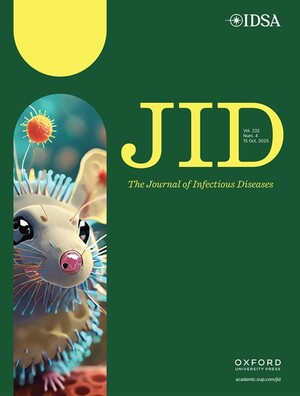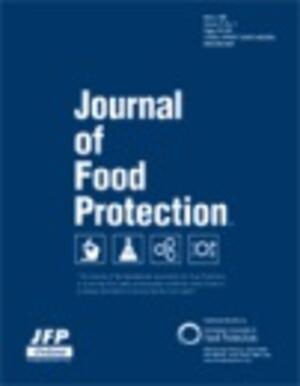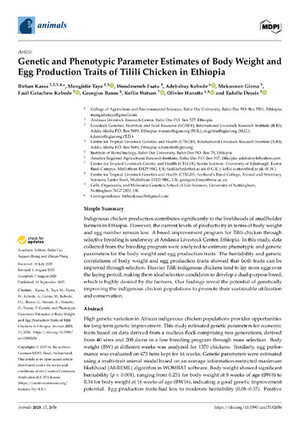
Quantitative assessment of food safety interventions for Campylobacter spp. and Salmonella spp. along the chicken meat supply chain in Burkina Faso and Ethiopia
Abstract
Rural and small-scale chicken farming is a major source of income in most African countries, and chicken meat is an important source of nutrients. However, chicken meat can be contaminated with Campylobacter spp. and Salmonella spp., pathogens with a high reported burden of foodborne illnesses. Therefore, it is essential to control these pathogens in chicken meat. Quantitative microbial risk assessments (QMRA) can aid the development of effective food safety control measures and are currently lacking in chicken meat supply chains in the African context. In this study, we developed stochastic QMRA models for Salmonella spp. and Campylobacter spp. in the chicken meat supply chain in Burkina Faso and Ethiopia employing the modular process risk model in @Risk software. The study scope covered chicken farming, transport, slaughtering, consumer handling, and consumption. Effectiveness of candidate interventions was assessed against baseline models' outputs, which showed that the mean annual Campylobacter spp. risk estimates were 6482 cases of illness per 100,000 persons and 164 disability adjusted life years (DALYs) per 100,000 persons in Burkina Faso, and 12,145 cases and 272 DALYs per 100,000 persons in Ethiopia. For Salmonella spp., mean annual estimates were 2713 cases and 1212 DALYs per 100,000 persons in Burkina Faso, and 4745 cases and 432 DALYs per 100,000 persons in Ethiopia. Combining interventions (improved hand washing plus designated kitchen utensils plus improved cooking) resulted in 75% risk reduction in Burkina Faso at restaurants and 93 to 94% in Ethiopia at homes for both Salmonella spp. and Campylobacter spp. For Burkina Faso, adding good hygienic slaughter practices at the market to these combined interventions led to over 91% microbial risk reduction. Interventions that involved multiple food safety actions in a particular step of the supply chain or combining different interventions from different steps of the supply chain resulted in more risk reduction than individual action interventions. Overall, this study demonstrates how diverse and scanty food supply chain information can be applied in QMRA to provide estimates that can be used to stimulate risk-based food safety action in African countries.
Citation
Ssemanda, J.N., Besten, H.M.W. den, Wagenberg, C.P.A. van and Zwietering, M.H. 2024. Quantitative assessment of food safety interventions for <i>Campylobacter</i> spp. and <i>Salmonella</i> spp. along the chicken meat supply chain in Burkina Faso and Ethiopia. <i>International Journal of Food Microbiology</i> 415: 110637.










